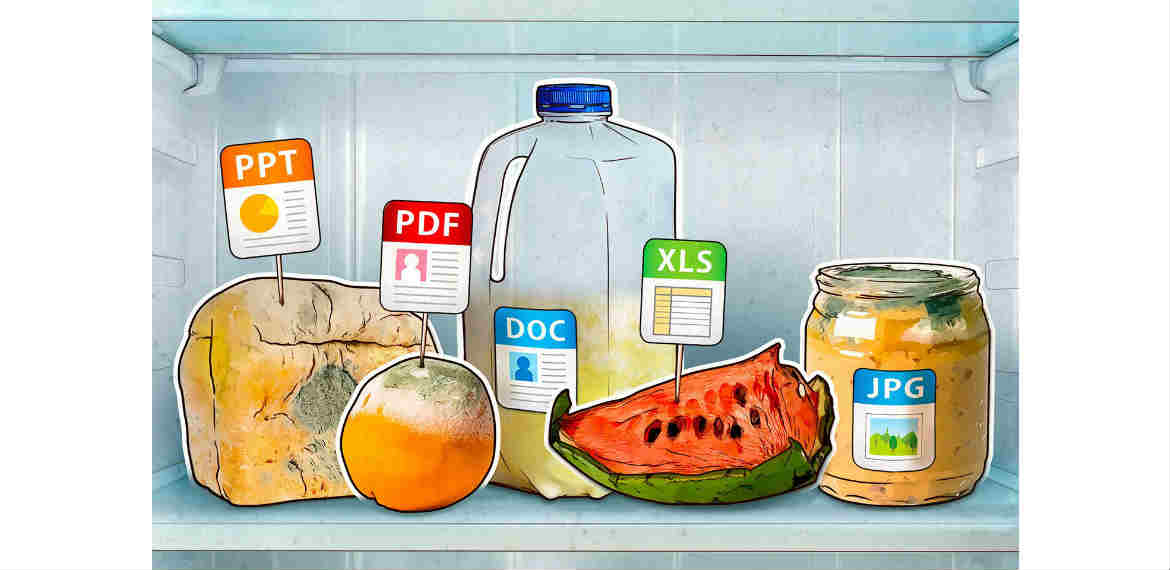Digital clutter includes the files, documents and data created at work without the business’ full visibility or control over how they are stored and who has access to them. It becomes a security risk when we consider that 72% of employees store documents at work that contain personally identifiable or sensitive data, which if exposed could either reputationally or financially damage a business, its employees and potentially its customers.
Tackling digital clutter is a challenge for businesses and one of the most important steps is understanding who is responsible for it. Nearly three quarters (71%) of employees believe either business leaders, the IT or security team should be responsible for ensuring emails, files and documents have the appropriate access rights, rather than themselves.
The problem is that while IT and security teams can control the access given to employees to access files and folders, there is room for human error. Whether accidentally or intentionally, for example, employees could give their colleagues or those outside the business access credentials or bypass IT administrators with new collaboration tools. With employees creating and collaborating on multiple documents simultaneously, they all must take responsibility for their actions causing digital clutter.
CONTINUE READING…











